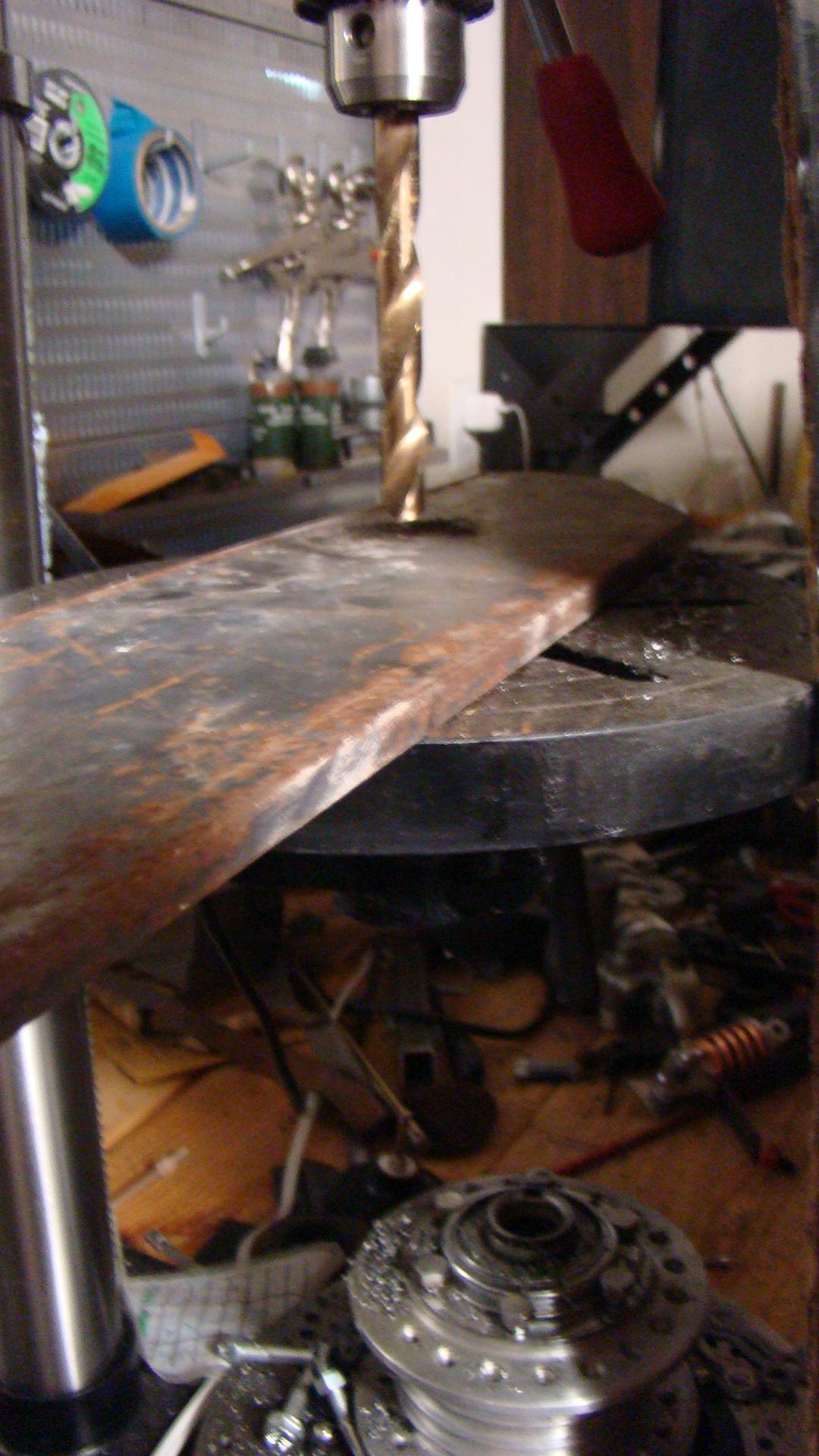I'd make them myself, using one of the following two methods, depending upon what you have lying about the house:
Method 1 The holes in the center section appear to be centered in a dimpled recess. For styrene, gin up a design of what you'll need, and then cut out the pieces from .010 styrene. Next, find an old piece of plate steel or plexiglass and countersink a hole in it. 3/16 inch ought to be about right.

Drill out the holes in your center piece of styrene and lay each one over the countersunk hole. Hit it briefly with your wife's 5000 watt hair dryer and the edge of each hole should sink into the depression. You may need to help it a little.
Assmble your remaining pieces.
Method 2 Use the same design as in the method above. Visualize all of the pieces as one flat sheet and cut a piece of brass shim stock to size. Using a metal ruler and the back edge of a dull X-Acto blade, lightly scribe your fold lines. Then you can go slightly deeper.

Drill out all of your holes.
Fold the channel with your favorite PE folding tool.
Now place each hole in the center section over the countersunk divot from method 1. Using a miniature ball peen hammer, slightly tap down the edges of each hole. (Doing this
after making your folds insures the piece will lie flat when making your bends)
Now all you need to do is fashion some braces from strips of shim stock, bend them and attach with C/A or solder.
Final step: Enjoy the fact you did it yourself and didn't have to wait five weeks for your order to arrive. (provided such channels are even available)


























